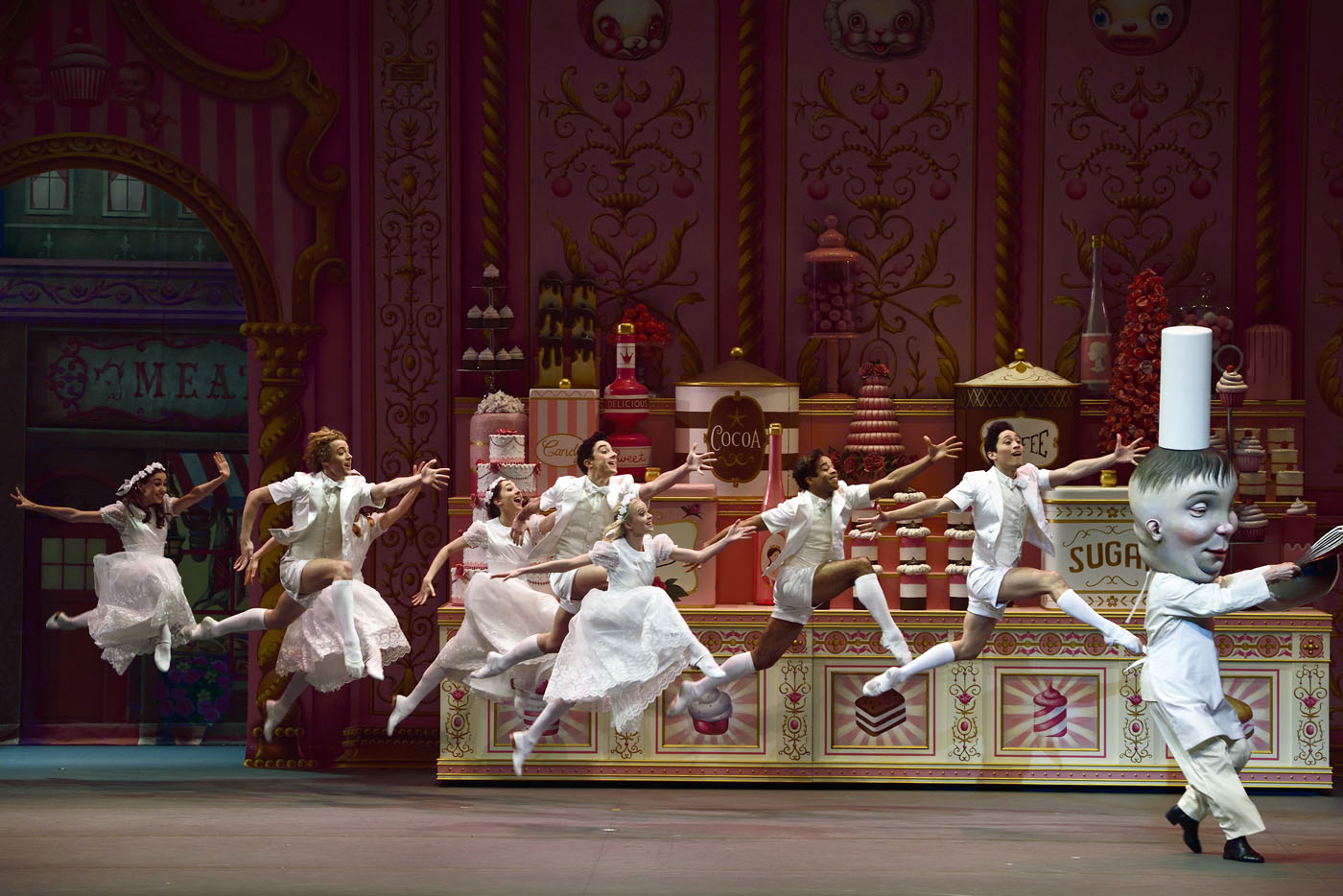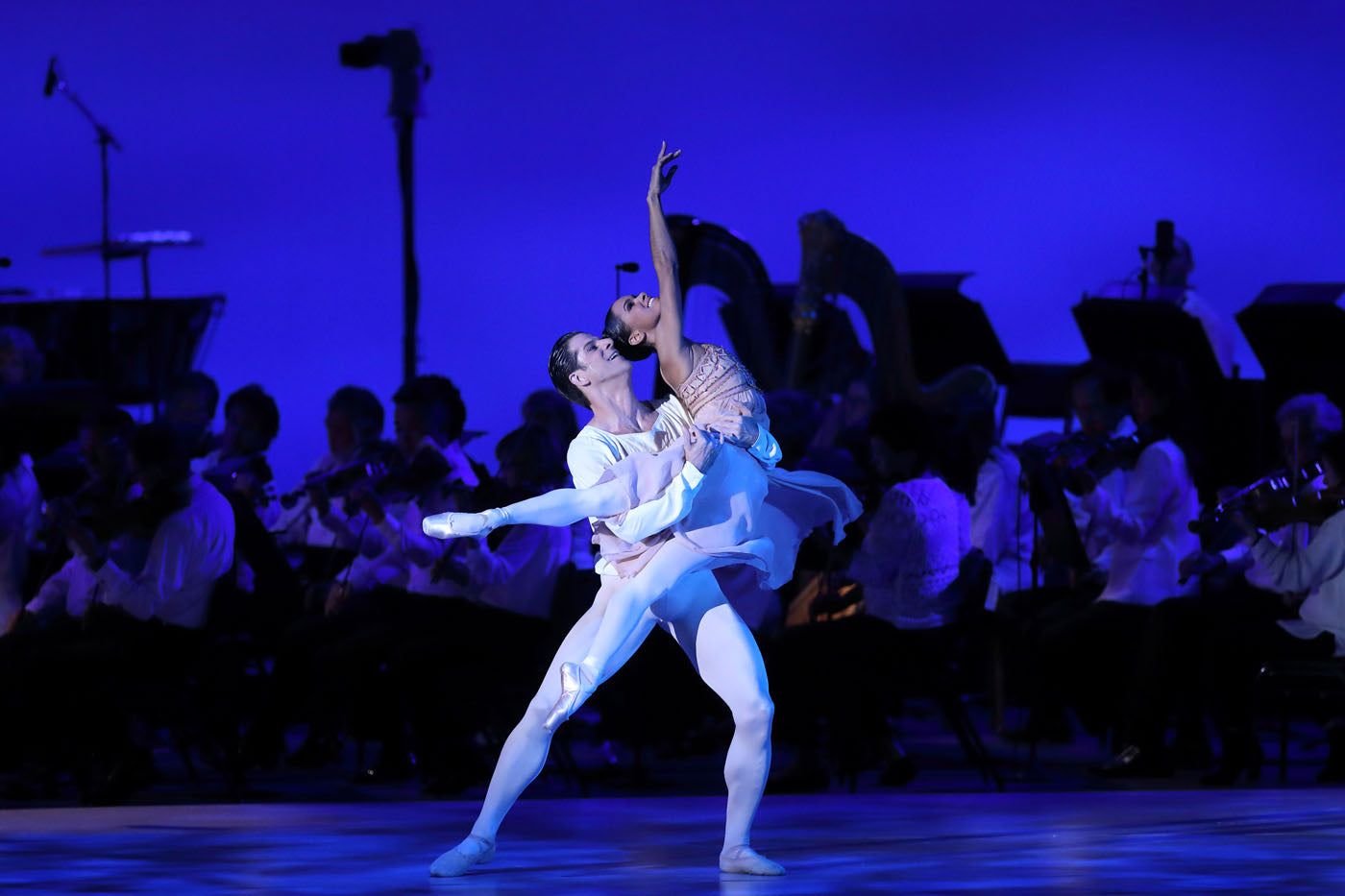A Sweet Debut
Two new ballets created by Alexei Ratmansky were unveiled by two major ballet companies in New York this spring season: New York City Ballet premiered “Odessa” during Here/Now Festival at the David H. Koch Theater; and American Ballet Theatre presented “Whipped Cream” at the Metropolitan Opera House. (This was a New York premiere of “Whipped Cream.” The ballet was first performed by ABT in March at the Segerstrom Center for the Arts in Costa Mesa, California.)
Continue Reading













